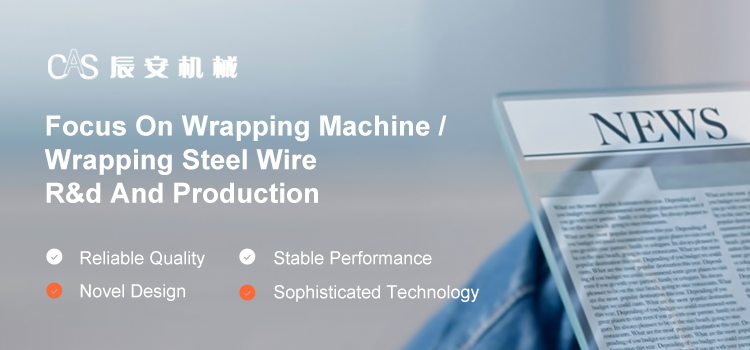How to Pre-treat the Surface of PET Coated Wire Mesh
Surface pretreatment of PET coated wire mesh is a key step in improving their printability, coating adhesion, and functionality. Common methods include corona treatment, chemical treatment, coating treatment, plasma treatment, and flame treatment. Details are as follows:
1. Corona Treatment
Principle: High-voltage discharge induces a weak electrolyte reaction in the air, generating polar functional groups. This simultaneously unwinds the double chains in the polyolefin molecular structure, transforming the PET surface from non-polar to polar. This treatment significantly increases the surface free energy, enhancing the adhesion of materials like inks.
Effect: Increases the surface energy of PET, increasing ink wettability and contact area, and improving print quality.
Applications: Widely used in pre-printing treatment of PET film, especially for printing processes requiring high surface energy.
2. Chemical Treatment
Principle: Chemical reagents such as acids and alkalis react with the PET surface to form specific patterns or increase surface roughness, thereby improving adhesion to other materials.
Effect: Corrosion strengthens the adhesion of the PET surface to inks, adhesives, and other materials.
Applications: Suitable for printing and coating processes requiring specific surface textures or high adhesion.
3. Coating Treatment
Principle: Applying affinity ink or other coating materials to the PET surface forms a dense film, improving surface polarity and enhancing wettability.
Effect: Significantly enhances the bonding between PET and inks, adhesives, and other materials, improving printing and coating quality.
Applications: Commonly used in the printing and coating processes of PET materials, it is a stable and ideal surface treatment method.
4. Plasma Treatment
Principle: Utilizes the active particles in the plasma to undergo physical and chemical reactions with the PET surface, roughening the surface and introducing oxygen-containing functional groups (such as C-O, C-N, and C=O).
Effect: Improves surface energy, hydrophilicity, wettability, adhesion, and printability.
Applications: Suitable for surface modification of PET in packaging, anti-corrosion coatings, capacitor preparation, and medical and healthcare applications.
5. Flame Treatment
Principle: Using a high-temperature flame to oxidize macromolecules on the PET surface, generating polar groups, thereby enhancing adhesion.
Effect: Rapidly increases surface energy, but requires strict control of temperature and contact distance. Application scenarios: Suitable for scenarios with high requirements for processing efficiency and high tolerance for surface quality.
Qingdao Chenan Machinery Co., Ltd. has the advantage of developing and producing rubber winding equipment, with higher technology than various equipment assembly manufacturers in the industry. For more information about PET coated wire mesh, please contact us.
Company: Qingdao Chenan Machinery Co., Ltd.
Address: Yanjialing Industrial Park, East Chengma Road, Tongji New Economic Zone, Jimo District, Qingdao City, Shandong Province
Email: qdcajx@gmail.com

Recommended
12-04Environmental Performance of PET Coated Tie Wire
12-03What are the Standards for Nylon Coated Wires for Sale?
11-27Performance Advantages of PET Coated Wires
11-26How to Judge the Quality of Nylon Coated Wire Manufacturers
11-20How Heat Resistant are White PET Coated Wires?
11-19Characteristics and Advantages of PVC Coated Nylon Wire









